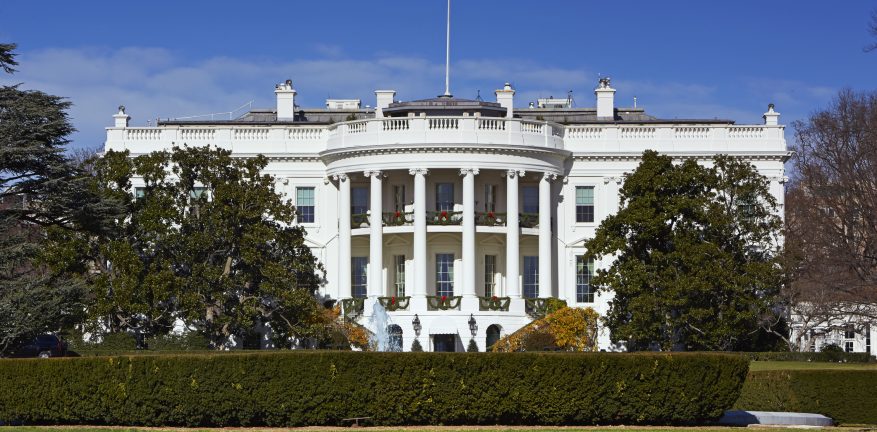White House unveils cybersecurity strategy to keep IoT devices safe
The Biden-Harris administration recently delivered its latest statement on the state of cybersecurity in the U.S., detailing several new initiatives to further the nation’s cybersecurity goals and “lock [its] digital doors.”
The strategy marks the first since the Trump administration’s 2018 iteration, which maintained similar goals to its predecessors in emphasizing strengthening critical infrastructure, collaboration with the private sector and securing government networks, though the Trump Administration also included a plan to ramp up offensive cyberoperations. On the latter point, the Biden-Harris plan differs, with the onus placed more on bolstering systems and clarifying regulations around cybersecurity.
The latest cybersecurity push includes a plan to roll out a labeling system for commonly used IoT products, rating each for its resilience to cybersecurity threats. The system will take inspiration from the Energy Start system currently in place to rank the energy efficiency of appliances and will begin by rating routers and home cameras, being the most commonly used and “often most at-risk” devices by consumers. A meeting with stakeholders to set out the parameters of this new labeling system is expected in the near future.
Hollie Hennessy, senior IoT cybersecurity analyst at Omdia, points to the importance of this new measure, with consumer IoT devices currently neglected in security regulations and systems.
“Devices are riddled with vulnerabilities and, while there is development with standardization and guidelines globally, it’s still unclear for consumers whether a device is secure or not,” she said. “Given the fragmented standards, guidance and regulatory landscape globally, it will be interesting to see the route the U.S. takes with their labeling scheme, and how this crosses over and compliments other government schemes.”
To read the complete article, visit IoT World Today.

















